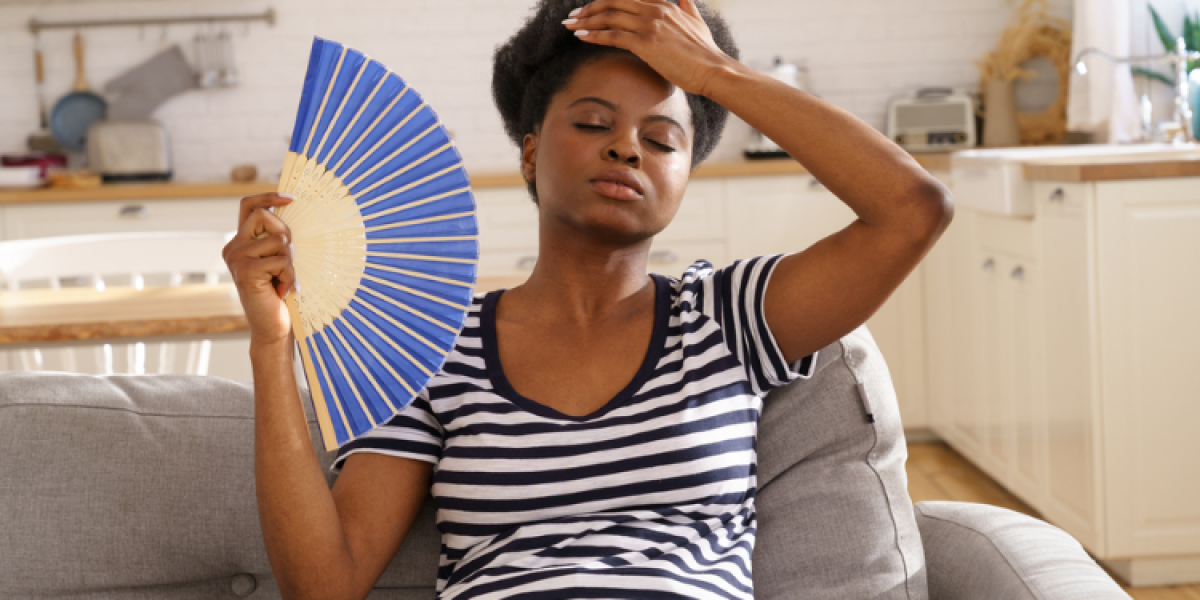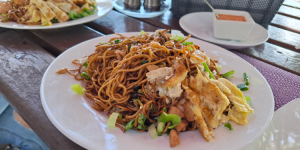
Summer has arrived, bringing along the warmth that we all appreciate… most of the time. However, it's important to be cautious of sunstroke while enjoying the sunny weather. Here are some tips on maximizing your summer experience without compromising your well-being.
Stay hydrated
Adequate hydration is crucial in preventing sunstroke. Regularly drink water throughout the day, especially if you're active. Avoid alcoholic and caffeinated beverages as they can contribute to dehydration. Opt for water, herbal teas, or refreshing coconut water, which not only tastes good but also provides potassium for blood pressure balance and digestive benefits.
Dietary adjustments
Include water-rich foods like cucumbers, fresh fruits, and light meals in your diet. These choices provide natural hydration and help regulate body temperature. Avoid heavy, hot meals that can raise your body temperature and opt for homemade fruit juices or smoothies instead of commercially available ones.
Clothing choices
Wear lightweight, light-colored clothing that reflects sunlight. Choose wide-brimmed hats for added protection to your face and neck, and don sunglasses with UV protection to shield your eyes from the sun's rays.
Strategic planning
Plan outdoor activities during the cooler parts of the day, avoiding the peak heat between 10 a.m. and 4 p.m. If you must be out during these hours, seek shade regularly to protect yourself from the sun.
Sun protection
Apply a broad-spectrum sunscreen with an appropriate SPF regularly to prevent sunburn. Reapply after swimming or sweating to maintain protection.
Listen to your body
Pay attention to warning signs of sunstroke, such as persistent thirst, dry mouth, irritated eyes, dull and dry skin, reduced urinary frequency, headaches, fatigue, and dizziness. If you experience these symptoms, hydrate and find a shaded spot to rest.
By following these tips, you can enjoy the summer while prioritizing your well-being and staying safe under the sun.



















